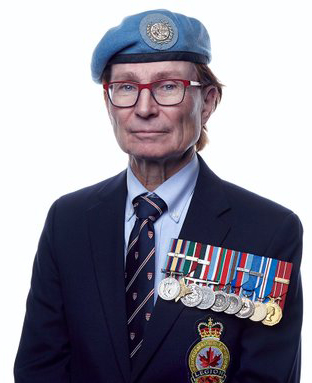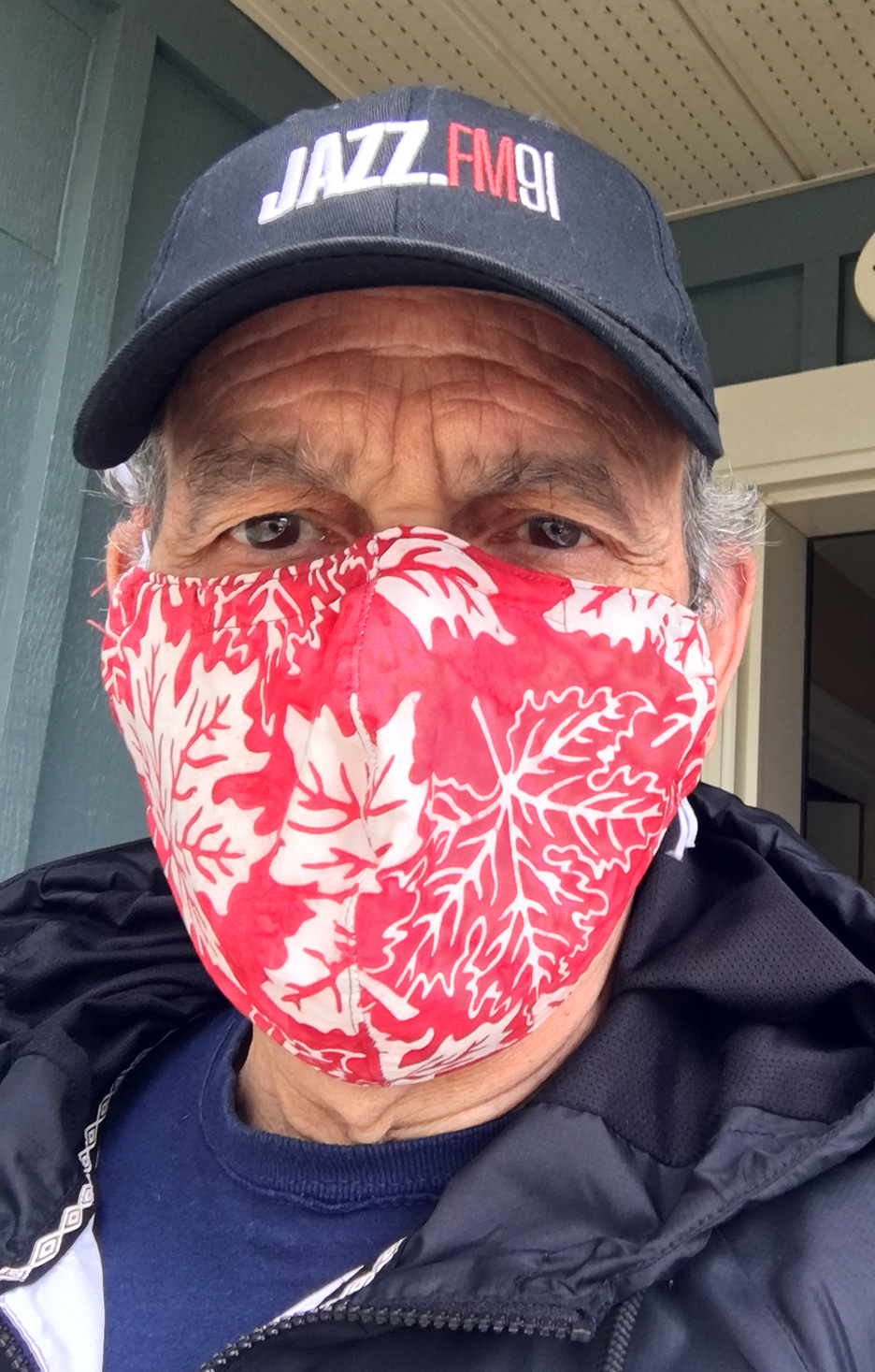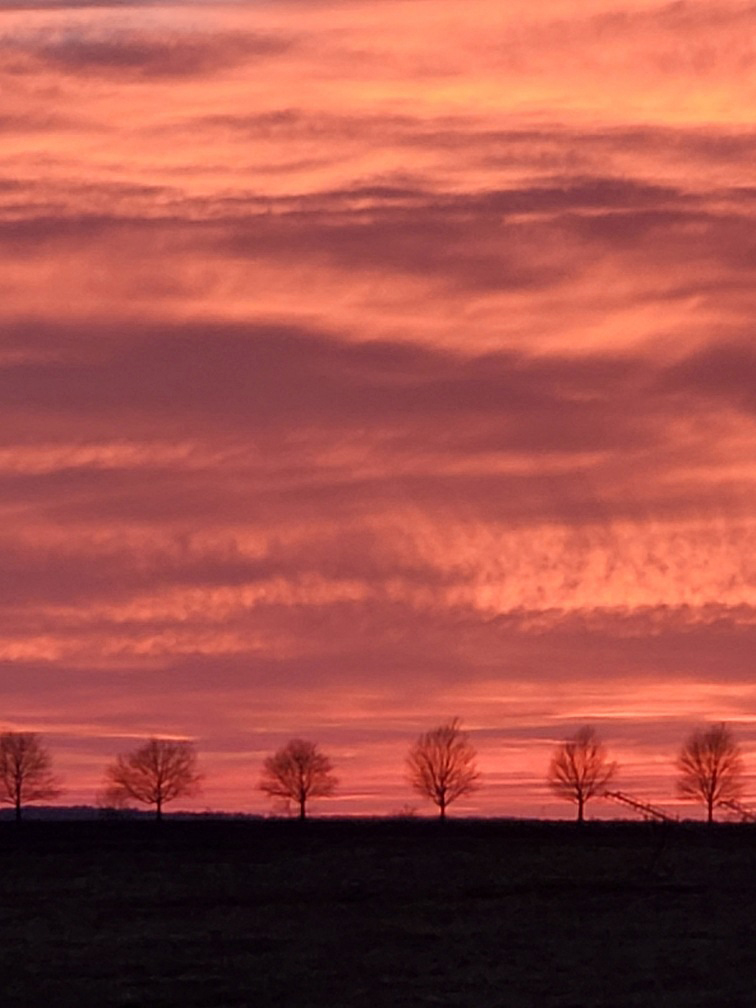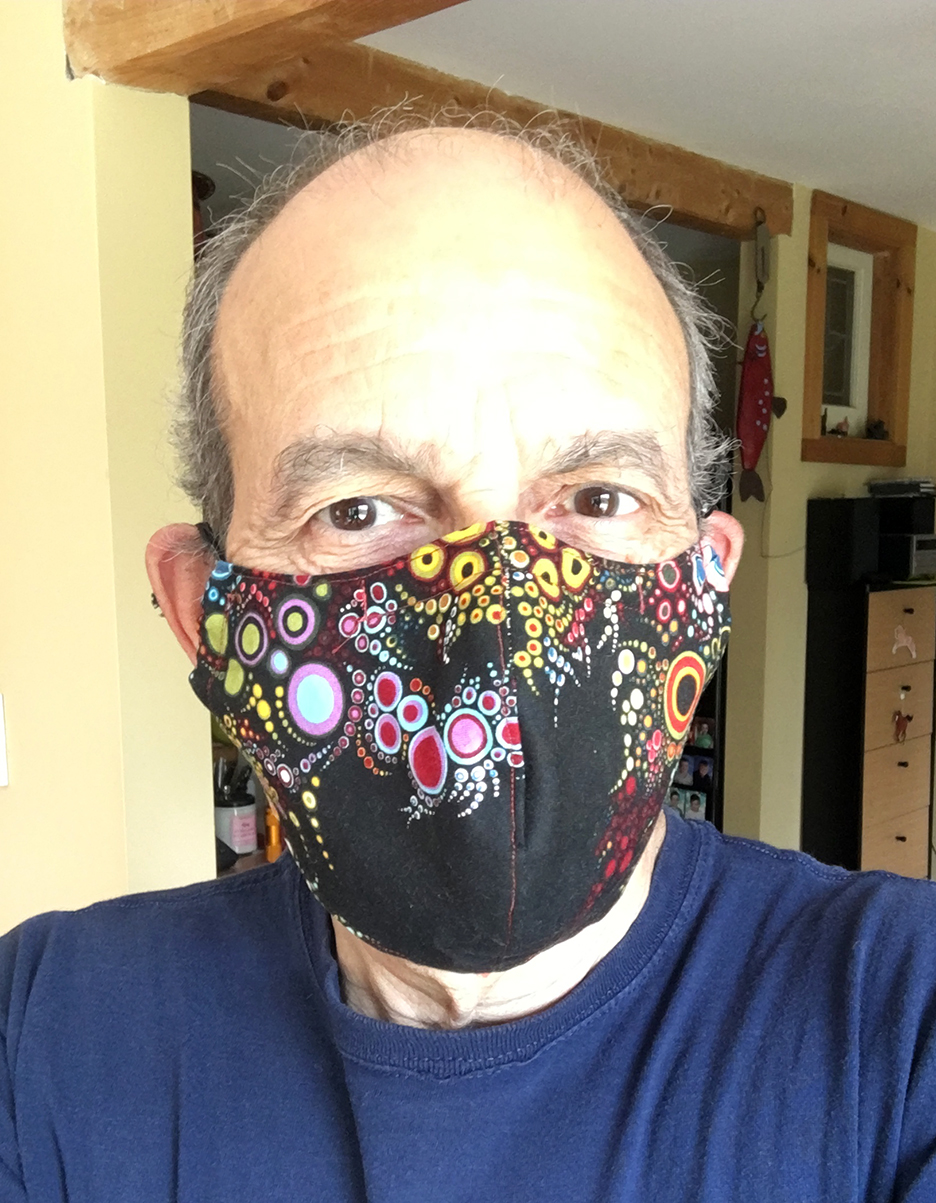
We met because of COVID. Having retired from a surgical practice just before the pandemic struck, Dr. Ian Anderson found that he had a bit more time on his hands. Consequently, he began to read more of the non-fiction books on his shelf, in particular writings about Canadian military medical personnel. During the Alberta lockdowns and stay-at-home orders, he found time to read my book Rush to Danger: Medics in the Line of Fire. That’s when he corresponded.
“I read history and biography,” Anderson wrote in a letter to me in 2020. “The truth is always better than the imagination.”
Thus began a correspondence that has continued through the pandemic. A bit of digging on my part revealed that his is an extraordinary life of medical service to both civilians and military comrades. Indeed, last year, retired Col. Dr. Ian Anderson received the John McCrae Medal for “exemplary service as a clinical health service member of the Canadian Armed Forces.”

In our correspondence, he began sharing articles he’s written about the evolution of military medicine in the world wars, profiles of heroic medical personnel, assessments of advanced surgery on casualties, and views on post-traumatic stress disorder.
But retirement from the military hadn’t ended Anderson’s sense of service or his need to be innovative as a lifelong medical practitioner. In the face of the pandemic, quite literally, he had designed and manufactured “the Anderson mask,” a 100 per cent cotton-quilt fabric, two-layered mask.
Before long he’d mailed me four of them, complete with instructions and diagrams for proper application and maintenance. “Not to be used for more than half day, and not designed to be reversed,” his instructions said.
Dr. Anderson is just one of a number of people I’ve met – albeit at long distance – and enjoyed where under non-pandemic conditions I might not ever have had the chance.
The nature of general self-isolation, working at home alone, restricting physical egress (except for exercise) and avoiding maskless contact, even with family and friends, has introduced me to other writers, hikers, front-line service providers, dog walkers, cyclists, neighbours and delivery workers – those I’ve nicknamed “strangers in the blight.”

A year or so ago, during my early morning walks, I began taking cellphone photographs of the sun rising or the moon setting. Somehow, as friends learned of my amateur photographic habit, they began sharing their shots of the crack of dawn online.
In particular, my wife’s friend and equestrian coach, Karin Davis, had an incredible eye for these moments. Because she’s on the road to a riding stable to tend horses early each morning, Karin photographs the sunrise almost every day – each image exploding with colour, each of them more art than nature. When a day or two passed without another dazzling Davis cell shot, I was perplexed.
“Didn’t the sun rise today?” I asked.
“Picture wasn’t good enough,” she wrote back.
Like many of us during these times working from home, the give-and-take of industry has turned almost entirely to delivery vehicles and the diligence of delivery crews – whether FedEx, DHL, UPS – and not surprisingly, with continuous drop-offs in our neighbourhood, we’ve become accustomed to the same delivery person stopping by.
One day, the UPS delivery truck stopped out front, and out came a familiar guy with his arms full of boxes. “You come by along our street all the time,” I said, “and I don’t even know your name.”
“Tony, at your service,” he said.
We chatted for a while. I learned where he lived, all about his family, when he got his first anti-COVID shot, and about his delivery territory. Naturally he’s pretty proud of his work. He’s even occasionally thrown in a joke or two along the way. Then, he admitted time was money. He had to go. I thanked him for the chat.
And he said in jest, “See you tomorrow.”

The package that contained Dr. Ian Anderson’s innovative anti-COVID masks also offered one of his survival stories. It was instructive. He spent two two-month deployments as a triage surgeon in the war in Afghanistan.
During one massive casualty event at the Canadian-run Kandahar hospital, his medical team attended 11 critically burned Afghan citizens who suddenly arrived unannounced. When he returned to Canada he was required to answer a PTSD questionnaire:
“Did you see injured soldiers?” the survey asked.
“Yes,” he answered.
“Did you see badly burned people? Dead children? Dismembered bodies?”
“Yes. Yes. And yes.”
The psychologists merely concluded that Dr. Anderson was back from another routine deployment. And when he returned to Canada each time, he retired to his books and inventing ways to help others.
I think it is these acquaintances with strangers that the pandemic has given us – whether we wanted them or not – that have tempered our mental health and will perhaps ease us back into what we remember as normal.